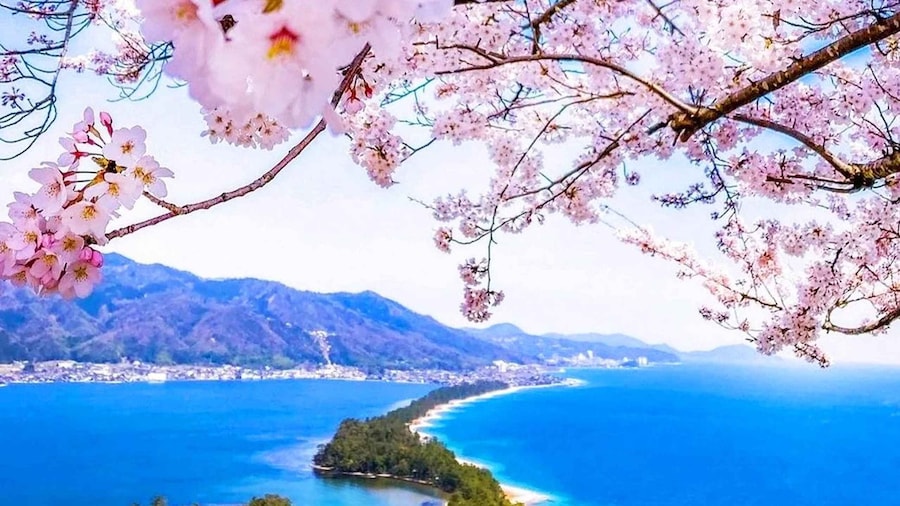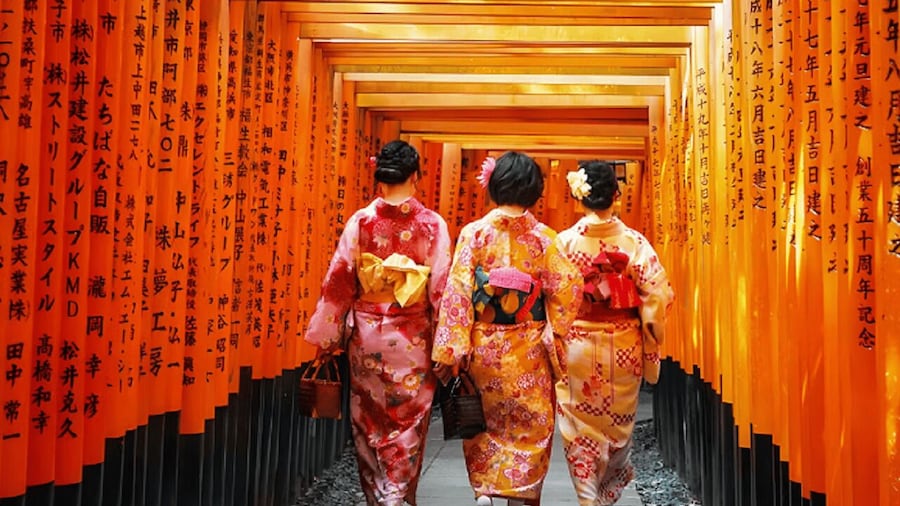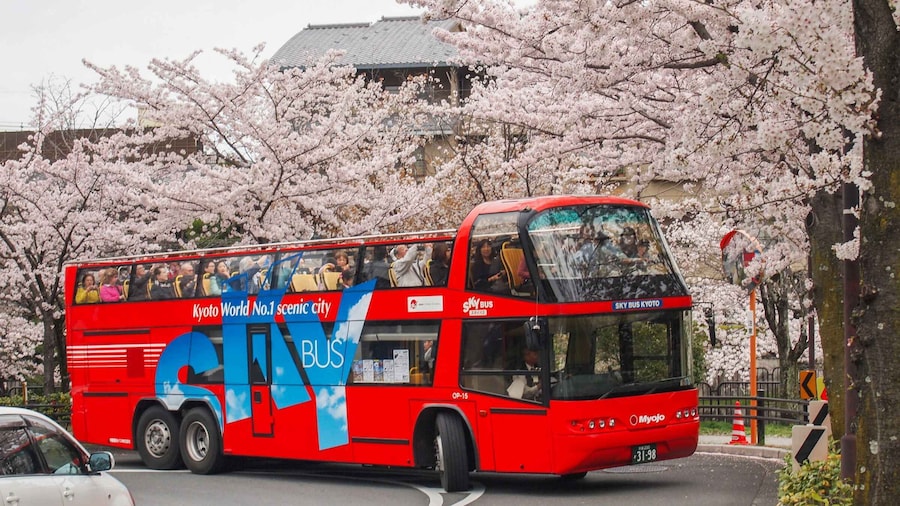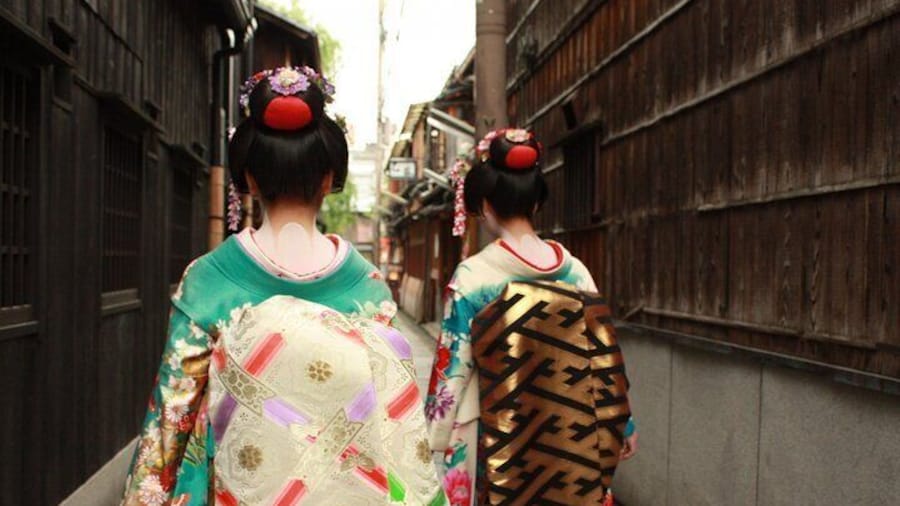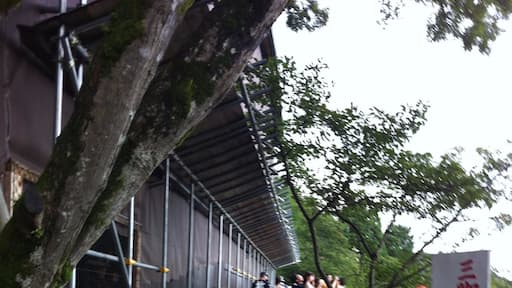Kyoto, on the Japanese island of Honshu, has been a hub of religious activity and political power since the eighth century. It was once the capital of Japan and retains many of the temples and palaces built within this period. Step back in time to imperial Japan as you explore the city’s many World Heritage Sites such as the Kiyomizu Temple. Kyoto is also renowned for its landscaped gardens, many of which are based on designs dating back hundreds of years.
The wealth of cultural history in Kyoto can be overwhelming and it can be difficult to know where to start. Take the Philosopher’s Walk to orient yourself around some of Kyoto’s historic sights, such as the Eikando Temple. The walk takes in three major temples as well as several smaller temples and shrines, boutique shopping areas and restaurants where you can sample the traditional Japanese multicourse dinner, kaiseki. Cherry blossoms line the walk during spring, and in the fall, the area comes alive with the brilliant reds of maple trees.
Central Kyoto offers a combination of modern and traditional delights. Ride up the Kyoto Tower for a 360-degree view over the city from 330 feet (100 meters) up. Explore the Nishiki Market, lined with restaurants, and fresh produce and street food stalls. See giant salamanders and local river fish at the Kyoto Aquarium.
At one of the regular festivals held in the city, taste some of the food brought to Kyoto from all over Japan to please the Emperor, watch traditional crafts being made, take a lesson in saké brewing and experience the culture of Japan.
Lovers of Japanese literature will enjoy the 17th-century Katsura Imperial Villa, built to resemble the fictional setting of the 11th-century novel The Tale of Genji.
Tourism is a large part of Kyoto’s economy and there are some unique attractions such as hand feeding wild snow monkeys at Arashiyama Monkey Park. Kyoto has a welcoming atmosphere, incredible natural beauty and layered history.

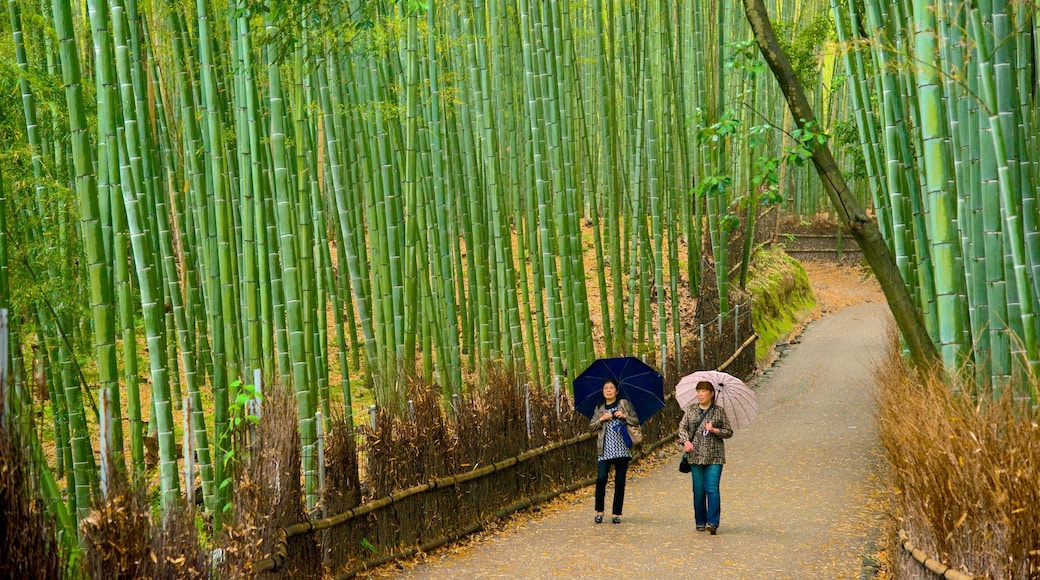



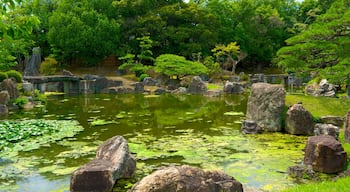
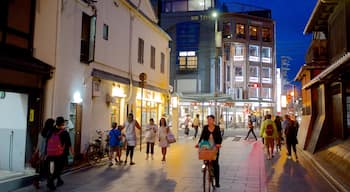
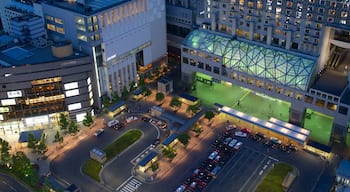






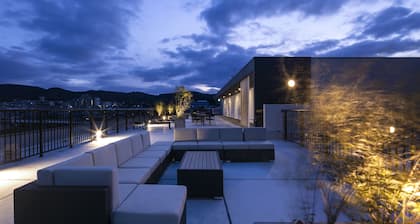



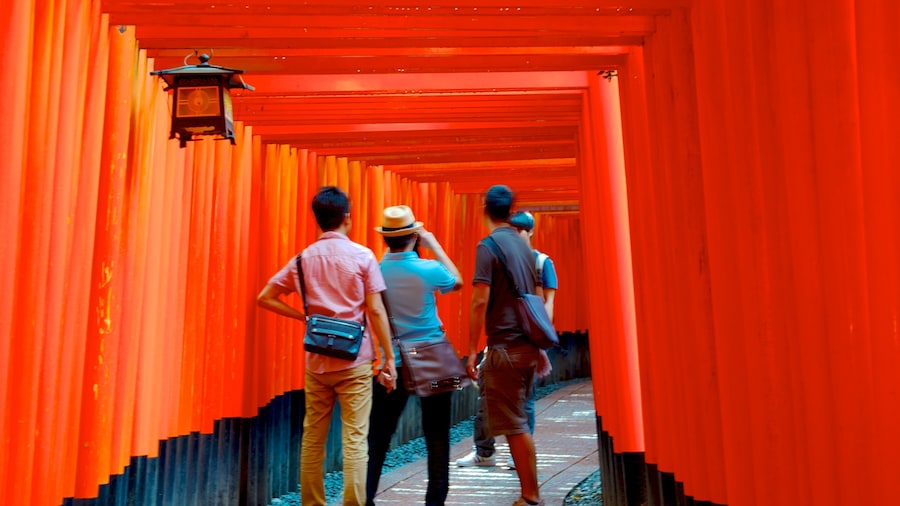
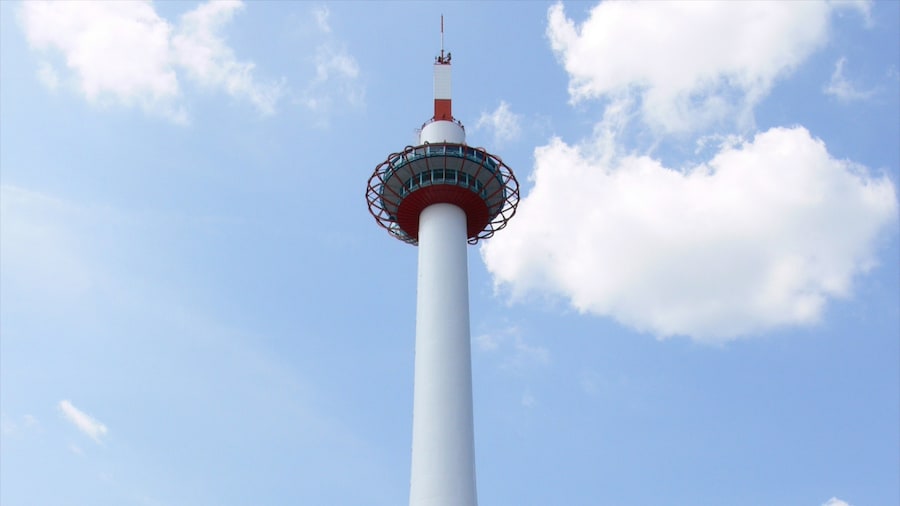
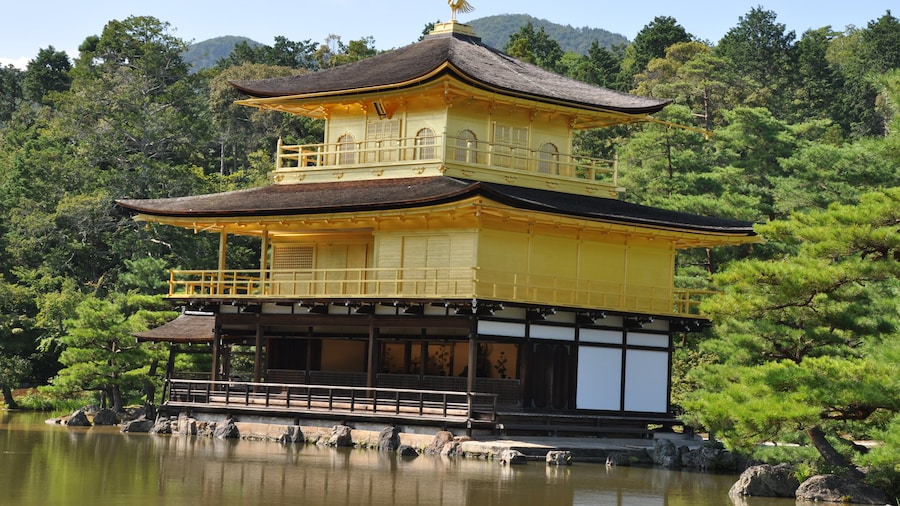

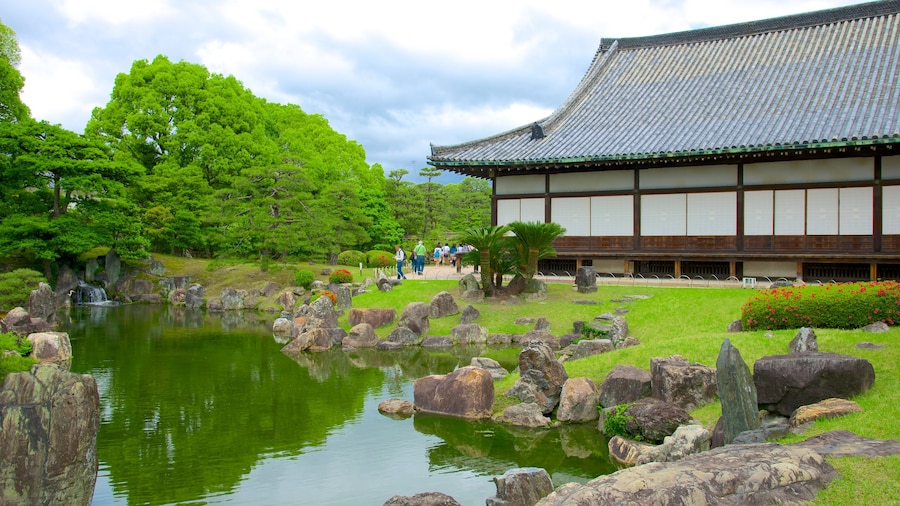
![Tokaido Shinkansen [Photo for illustrative purposes only]](https://mediaim.expedia.com/localexpert/48923278/ffb19d7d-8138-4565-be92-9dfa8855720b.jpg?impolicy=fcrop&w=900&h=506&q=mediumHigh)
